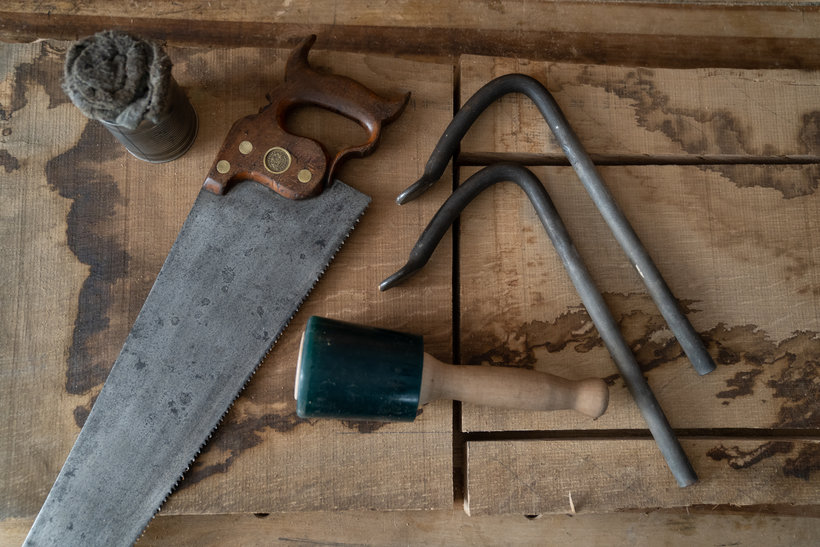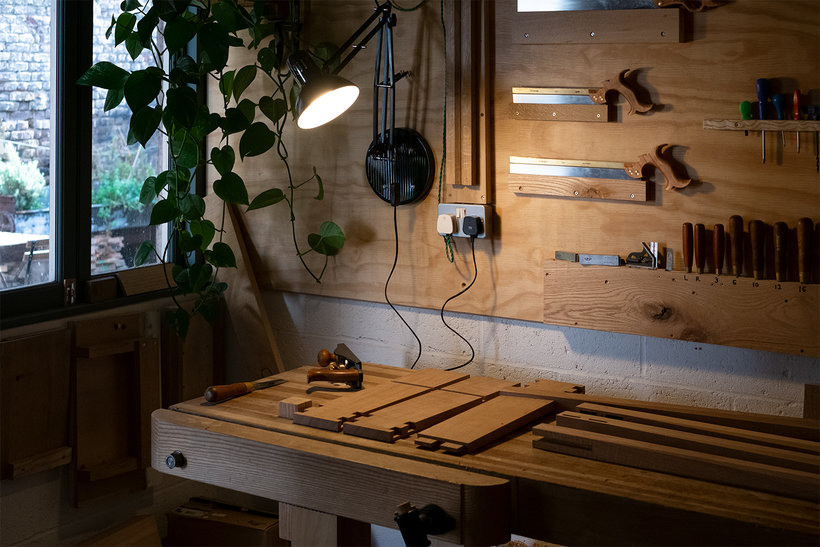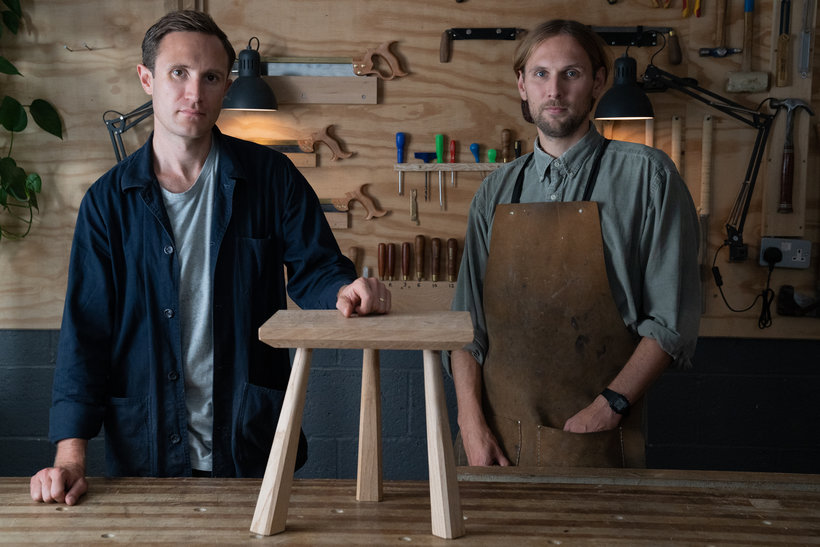Traditional Woodworking with Hand Tools
Course final project
A course by Bibbings & Hensby , Furniture Workshop
Joined April 2021
About the final project for: Traditional Woodworking with Hand Tools
Contemporary Woodworking with Hand Tools
“Congratulations! We have now reached the end of our woodworking course. Thank you so much for choosing us as your teachers! We really hope that you had fun and were able to learn something new. From the right tools to understanding wood and how it moves to the creation process of your very own piece of solid wood furniture that will be used for generations to come, we have taken you on a journey of discovery. Choosing to make wooden furniture with your hands and hand tools is an incredibly rewarding, multifaceted craft to learn. The truth is that you will never stop learning about it; there is so much to know and this is actually one of the things that makes it so rewarding. Before we say goodbye, let us sum up the individual steps that are necessary to create your final project once more. First, you will need to understand the different tools―including how to select them, how to use them, and how to maintain them. A very important lesson to learn is how to sharpen your tools correctly, as no good woodwork is ever done with a blunt tool. This seemingly simple task is actually quite nuanced and can take time to learn, so don’t be discouraged at the beginning if you don’t get it quite right, it just takes a bit of practice. However, once you've mastered it and your tools are razor-sharp, you will be able to do some great woodwork.





Partial transcription of the video
“Well, congratulations on reaching the end of this woodworking course. You've achieved so much. So Matthew and I want to thank you for taking this journey with us. And learn about what we truly love to create. The course began with you learning about the tools that you needed to get started. as well as introducing you to the workbench, the plane, the chisel and the spokeshave. and how to choose the right timber and sharpen your tools. And remember, hand tool woodworking is far more enjoyable and often a lot safer with sharp tools. So make sure to keep your shop We then moved on to the exciti...”
This transcript is automatically generated, so it may contain mistakes.
Course summary for: Traditional Woodworking with Hand Tools
-
Category
Craft -
Areas
Arts & Crafts, DIY, Furniture Design & Making, Woodworking

Bibbings & Hensby
A course by Bibbings & Hensby
Jack Bibbings and Matthew Hensby experienced the joy of making things with their hands from a young age, but when it came to starting their professional journey, both began in the corporate world. The duo met during their furniture-making training, and their common approach to the craft soon developed into a friendship, as well as a professional partnership with the launch of their joint workshop.
Bibbings and Hensby’s functional contemporary style seeks to reintegrate traditional skills into today’s world using hand tools and woodworking techniques. Their clients range from interior designers, architects, as well as private clients. Their latest work includes furniture-making plans, as well as furniture pieces like large slab-top desks and backed chairs that can be found on their online store.
- 100% positive reviews (162)
- 8,409 students
- 14 lessons (1h 58m)
- 21 additional resources (8 files)
- Online and at your own pace
- Available on the app
- Audio: English, Spanish, French, Italian, Portuguese, Turkish
- Spanish · English · Portuguese · German · French · Italian · Polish · Dutch · Turkish · Romanian · Indonesian
- Level: Beginner
- Unlimited access forever
Category
Areas






